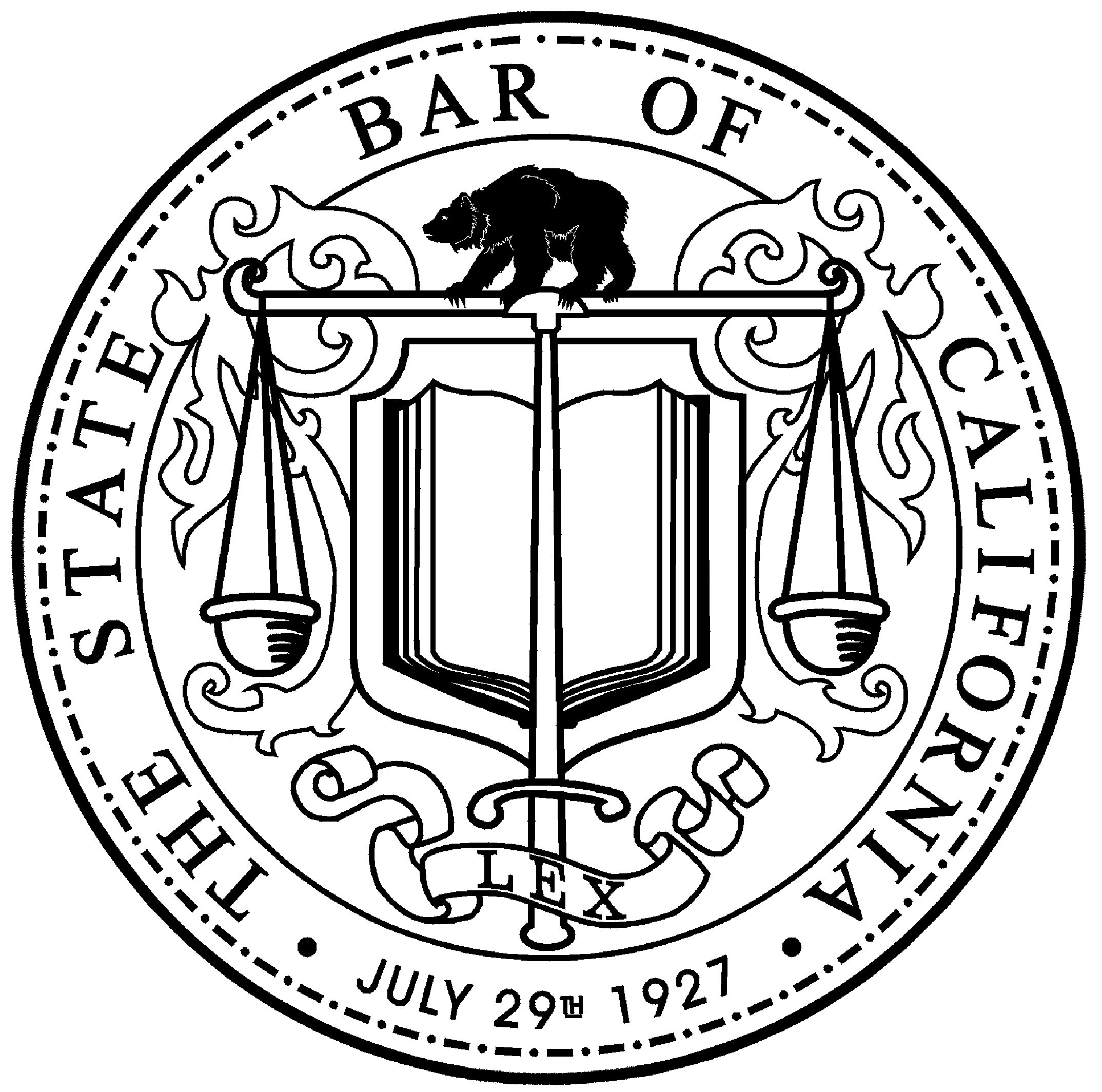Addressing Misclassification in Workers' Compensation Claims
Employee misclassification represents one of the most significant barriers to workers' compensation coverage in California, affecting thousands of workers across diverse industries. When employers incorrectly classify employees as independent contractors, these workers lose access to crucial benefits, including medical coverage, wage replacement, and disability compensation. Understanding how to address misclassification issues can mean the difference between receiving essential support during recovery and facing financial hardship after a workplace injury.
California has implemented strong legal frameworks to combat misclassification, including the landmark AB 5 legislation that established clear criteria for determining employee status. However, navigating the complexities of workers' compensation for part-time employees and other workers often requires understanding both the legal standards and practical steps necessary to challenge improper classification decisions.
Understanding Employee vs. Independent Contractor Classification
The distinction between employees and independent contractors determines access to workers' compensation benefits, making proper classification crucial for worker protection. California's legal framework provides specific criteria for making these determinations, but practical application often involves complex factual analysis and legal interpretation.
Under California's ABC test, established by AB 5, workers are presumed to be employees unless employers can demonstrate that all three conditions are met: the worker is free from control and direction in performing work, the work is outside the usual course of the hiring entity's business, and the worker is customarily engaged in an independently established trade or occupation.
The control factor examines how much direction the employer exercises over work performance, including scheduling, methods, tools, and supervision. Workers who receive detailed instructions about how to perform their tasks, when to work, and what materials to use typically qualify as employees rather than independent contractors.
Business integration considers whether the work performed is central to the employer's regular business operations. Do California independent contractors qualify for workers' compensation explores how this integration factor affects benefit eligibility and classification determinations.
Key Factors in Classification Disputes
Several critical factors influence misclassification disputes in workers' compensation cases, with each element requiring careful analysis and supporting documentation to establish proper employee status.
Control and Supervision
The degree of control exercised over work performance, including scheduling, methods, supervision, and performance standards, strongly indicates employee status.
Economic Dependence
Workers who depend on a single employer for income, lack independent business operations, and don't market services to other clients typically qualify as employees.
Tool and Equipment Provision
Employers who provide tools, equipment, workspace, and materials for work performance generally establish employee relationships rather than independent contractor arrangements.
Training and Instruction
Provision of training, detailed work instructions, and ongoing supervision indicates employer control consistent with employee status.
Exclusivity of Relationship
Workers who work exclusively or primarily for one employer, especially over extended periods, typically qualify as employees regardless of contractual labels.
Understanding these factors helps workers recognize potential misclassification and gather evidence to support their claims for workers' compensation coverage.
Common Challenges in Misclassification Cases
Workers facing misclassification disputes encounter numerous obstacles that can complicate their pursuit of workers' compensation benefits. These challenges often require strategic approaches and professional assistance to overcome effectively.
Burden of proof requirements place responsibility on workers to demonstrate employee status, which can be difficult without access to employer records and documentation. Insurance companies and employers often have superior resources and legal representation, creating unequal conditions for dispute resolution.
Documentation limitations prevent workers from accessing employment records, work assignments, and internal company communications that could support their classification arguments. Many workers lack the business documents and financial records needed to demonstrate the full scope of their employment relationship.
Time constraints affect misclassification challenges, as workers must navigate complex legal procedures while dealing with injuries and financial pressures. Understanding your rights after a denied workers' comp claim includes important information about deadlines and procedural requirements for challenging classification decisions.
Legal complexity makes misclassification disputes difficult for workers to pursue without professional assistance. The intersection of employment law, workers' compensation regulations, and industry-specific rules creates complicated legal landscapes that require specialized knowledge to navigate effectively.
Steps to Challenge Employee Misclassification
Challenging misclassification requires systematic approaches that address both administrative procedures and substantive legal arguments. Success often depends on thorough preparation, comprehensive evidence gathering, and understanding of applicable legal standards.
Initial claim filing should include detailed information about the employment relationship, work performed, and circumstances surrounding the injury. Workers should provide as much documentation as possible about their work arrangements, even if the employer disputes employee status.
Evidence collection focuses on demonstrating the factors that establish employee status under California law. This includes work schedules, supervision records, training materials, equipment usage, payment methods, and communications that show employer control over work performance.
Administrative appeals through the Division of Workers' Compensation provide formal procedures for challenging classification decisions. These proceedings require adherence to specific deadlines, document submission requirements, and procedural rules that can significantly affect case outcomes.
Legal representation becomes particularly important in misclassification cases due to their complexity and the resources typically available to employers and insurance companies. How to report a workplace injury includes information about protecting rights during the initial claim process, which becomes crucial when classification issues arise.
Industry-Specific Misclassification Issues
Different industries present unique challenges for employee classification, with certain sectors experiencing higher rates of misclassification due to work arrangements, industry practices, and regulatory environments.
1. Construction and Contracting
The construction industry frequently uses subcontractors and independent arrangements, but many workers perform tasks under conditions that indicate employee status despite contractual labels.
2. Gig Economy Services
App-based services and platform work create new classification challenges, with workers often performing tasks under company control while labeled as independent contractors.
3. Healthcare and Professional Services
Healthcare facilities sometimes misclassify professional staff, creating coverage gaps for workers who provide essential services under institutional supervision and control.
4. Transportation and Delivery
Drivers and delivery workers often face classification disputes, particularly when they use company vehicles, follow prescribed routes, or work exclusively for a single employer.
5. Seasonal and Agricultural Work
How workers' compensation applies to seasonal employees includes classification issues that affect coverage for temporary and agricultural workers.
Each industry requires specific approaches to address common misclassification patterns and legal challenges.
Prevention and Early Identification Strategies
Workers can protect themselves from misclassification issues by recognizing warning signs, maintaining documentation, and understanding their rights throughout the employment relationship. Early identification of potential problems allows for proactive measures that can prevent benefit denials.
Contract review should focus on actual work arrangements rather than written agreement terms, as California law looks to the reality of the employment relationship rather than contractual labels. Workers should be alert to discrepancies between written agreements and actual work conditions.
Documentation maintenance includes keeping records of work schedules, supervision interactions, training received, equipment provided, and payment methods. These records become crucial evidence if classification disputes arise after workplace injuries.
Communication records with supervisors, coworkers, and customers can demonstrate the level of integration into business operations and the degree of employer control over work performance. Social media posts, emails, and text messages may provide important evidence about work relationships.
Red flag recognition helps workers identify situations where misclassification is likely, including exclusive work relationships, detailed performance requirements, provision of tools and workspace, and integration into regular business operations despite independent contractor labels.
Available Remedies and Compensation
Workers who successfully challenge misclassification decisions can obtain various forms of relief, including retroactive coverage, penalty payments, and future classification corrections. Understanding available remedies helps workers evaluate the potential benefits of pursuing misclassification challenges.
Retroactive workers' compensation coverage provides medical benefits, wage replacement, and disability compensation from the date of injury, regardless of when the classification correction occurs. This coverage includes all medical treatments, lost wages, and ongoing care needs related to the workplace injury.
Penalty payments may be available against employers who willfully misclassify employees to avoid workers' compensation obligations. These penalties serve both punitive and deterrent purposes, helping to discourage misclassification practices across industries.
Workers' rights when returning to work after an injury include protection from retaliation for challenging misclassification and pursuing workers' compensation benefits. These protections help ensure that workers can seek appropriate classification without fear of employment consequences.
Future classification corrections help prevent ongoing misclassification issues and ensure proper coverage for the worker and similarly situated employees. These corrections often extend beyond individual cases to affect broader employment practices within companies.
Conclusion
Employee misclassification represents a significant barrier to workers' compensation coverage, but California's legal framework provides robust protections and remedies for affected workers. Understanding the classification criteria, recognizing common challenges, and taking appropriate legal action can help workers secure the benefits they deserve while promoting proper classification practices across industries. Success in these cases often requires professional legal assistance, but the potential benefits make pursuing proper classification worthwhile for workers and the broader employment system.
Cole, Fisher, Cole, O’Keefe + Mahoney is Central California’s leading workers’ compensation and social security disability law firm. With over 30 years of successful experience, we are committed to securing maximum benefits for our clients in the Fresno, California area. Schedule a free consultation today.
© 2025 Cole, Fisher, Cole, O’Keefe + Mahoney
Making a false or fraudulent workers’ compensation claim is a felony subject to up to five years in prison, or a fine of up to $150,000 or double the value of the fraud, whichever is greater, or by both imprisonment and fine.







